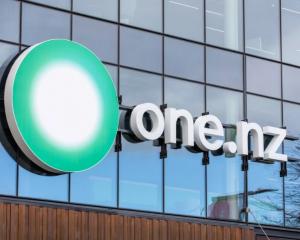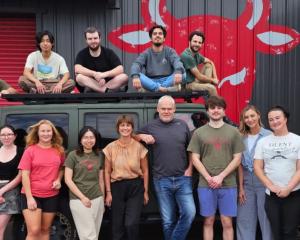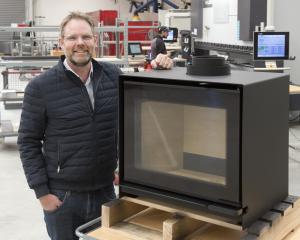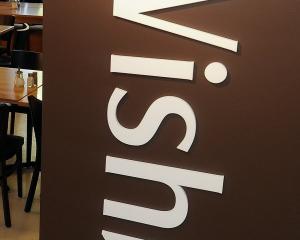
Revenue for Sanford, the country’s largest listed fishing company, for its year to September rose 3% to $477.9million, adjusted earnings before interest and tax rose from $63.4million a year ago to $63.7million and after-tax profit rose 8% to $37.5million.
The adjusted ebit of $63.7million was before impairments, one-off restructuring and other one-off costs of $3million.
Sanford declared an unchanged second-half dividend of 14c per share and following the announcement its shares slipped to $7.97, but remained up almost 25% on a year ago.
Sanford chief executive Volker Kuntzsch was pleased with the result, in what he described as "a successful, but at times testing, year".
There had been various "challenges from nature", including an outbreak of Bonamia ostreae affecting Stewart Island oysters and the Kaikoura earthquake.
Also, Sanford’s new deepwater vessel San Granit took longer to commission than expected.
There was a bottleneck of other vessels requiring annual maritime surveys and a late start to the West Coast hoki season with reduced catches, and later-than-usual toothfish sales came after financial year end. Last year that was $4million in earnings before interest and tax.
However, Mr Kuntzsch said Sanford’s diverse product portfolio and geographical spread had been an advantage when facing those challenges.
Forsyth Barr broker Damian Foster said the result was in line with brokers’ expectations, while the higher revenue had been offset by extra costs in commissioning of the San Granit.
"Initial challenges with the San Granit yielded disappointing results for several months from the vessel," Mr Foster said.
However, he said the revenue gains came from higher salmon pricing and bigger wild catch volumes and management also expected a rebound in catch volumes and value creation during full year 2018.
The second-half 14c dividend was left unchanged as Sanford expected capital expenditure to be slightly ahead targets and its debt ratios were not quite met, he said.
For the year, Mr Foster said, Sanford had achieved an earnings before interest and tax per kilogram of 50c, down 7%,
which may have been because toothfish revenue was pushed into the current financial year.
However, management had indicated the focus was on improving that return towards the long-term goal of $1 per kilogram, and was core to 2018 operations.
Mr Kuntzsch said despite greenweight tonnage being flat, the 3% revenue gain to $477million reflected the company’s strategy of increasing the value from products.
Stronger pricing was achieved for its Stewart Island farmed King salmon, including a new Big Glory Bay brand. Prices had strengthened for toothfish, scampi, snapper and orange roughy and there were increased sales in the domestic market.
"Sanford stands to benefit from a greater focus on innovation and branding and from the growing middle classes in Asia and ageing populations in developed countries, which point to more seafood consumption per capita," Mr Kuntzsch said in a statement.
The year-earlier after tax profit included a $3.1million loss from a discontinued operation, after the company took a further $5million impairment against
San Nikunau, its remaining International Purse Seine vessel, which was sold in May last year for $3.9million, BusinessDesk reported.












